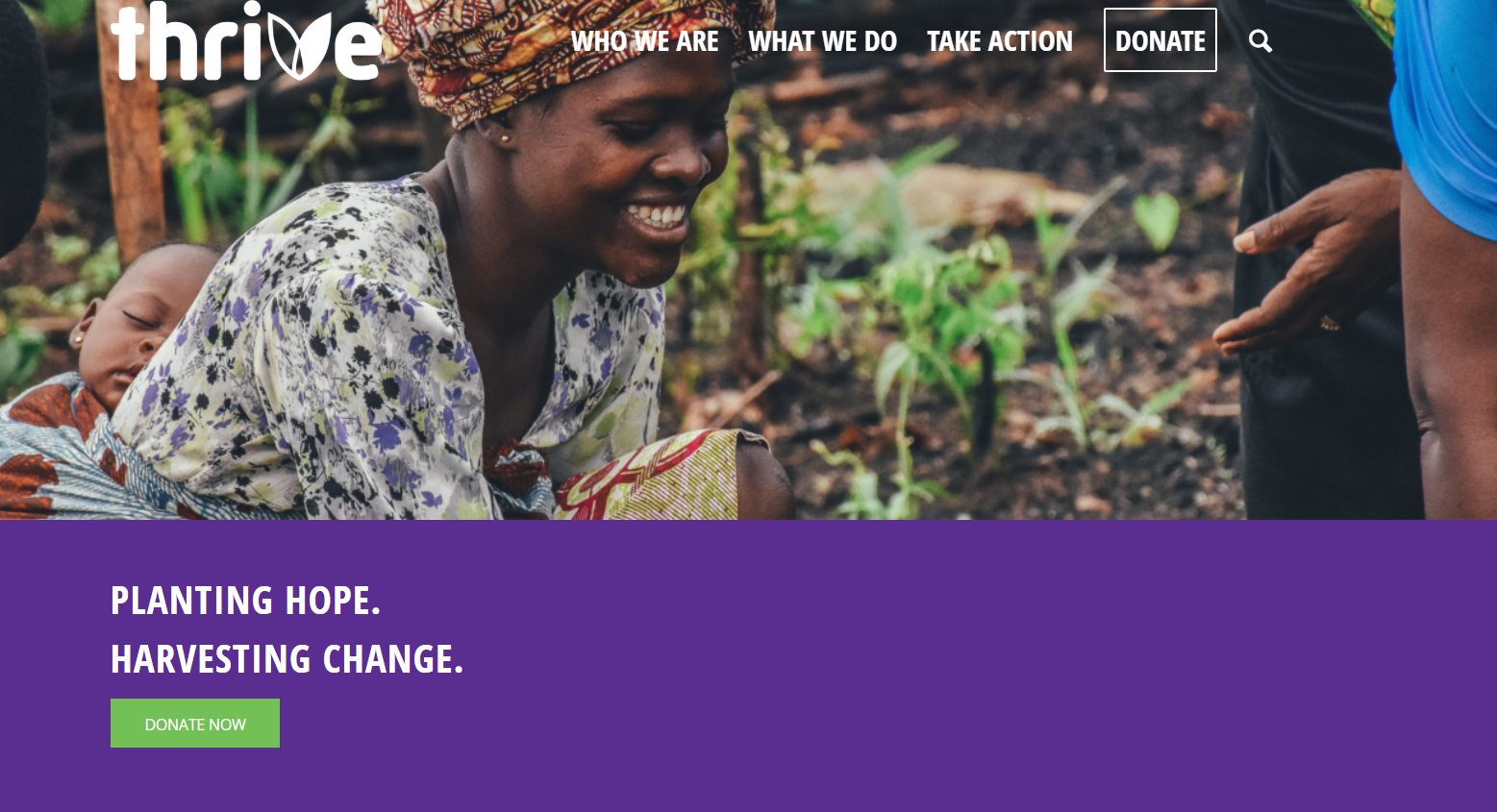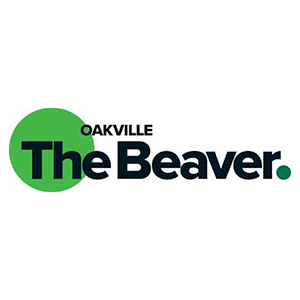
Brand messaging: how do you create it for a charity, social enterprise, or not-for-profit?
When there’s so much competition for donations and engagement, how do you create brand messaging that stands out?
Why do you even need brand messaging… and what exactly is included?
I’ll answer the why and what questions, first.
The rest of this post is a deep-dive into a) how we created brand messaging for a charity and b) how they use the brand messaging to write copy.
Why brand messaging for charities
Just like your visual branding, brand messaging done right helps you to:
- Stand out and capture attention
- Quickly convey why your audience should care
- Be memorable
Brand messaging helps you to cut through the clutter, convey difficult concepts concisely and powerfully and leave an impression that sticks.
It’s difficult enough in for-profit sectors. But charities face unique challenges. You have multiple stakeholders, audiences and the relationships aren’t purely transactional.
To survive, use donation dollars to generate an ROI and achieve your mission, you need brand messaging that’s dialed-in.
Ok, but what do we mean by “brand messaging”? What exactly is included?
What brand messaging really is
Brand messaging is a set of consistent messages that convey your value proposition for a target audience. It’s deeper and more enduring than campaign messaging, which you might use for a year or more.
Brand messaging conveys your core identity.
At a minimum, your charity’s brand messages should include:
- Who you say you’re for (often you’re ‘for’ an end beneficiary, but also ‘for’ a specific type of donor or supporter)
- The problem you solve and what’s at stake
- The benefits, outcomes or transformation you deliver
- How you deliver the above
- What makes you unique
- Why your audience should believe you
These are all essential messages that every brand should have nailed down. But getting to the most persuasive messages isn’t easy.
Let’s start with the biggest question: whose responsibility is brand messaging?
To outsource or keep brand messaging in-house
There are really two options here.
- Outsource the work to an agency
- Develop your brand messaging in-house
Pros and cons of hiring an agency for this work
The pros of outsourcing are that agencies generally have some exclusive expertise. And they have an objective perspective.
If they specialize in not-for-profit branding, even better – they should have great insights into the sector.
Make sure the agency has expertise in not-for-profit brand messaging – not just visual identity (the design side of brand) or campaign marketing.
So, choose wisely. It’s not enough to look at an agency’s portfolio, which may look visually slick. You should ask about long-term growth or conversion rates associated with their work.
Pros and cons of developing your brand messaging in-house
On the pro side, you are more invested in your charity’s brand messaging than anyone else. And most likely, you’re less expensive than an agency.
Cons? You may not have the objectivity or specialized expertise in-house.
Either way, get better results when you use this guide
Whether you use an agency or create your brand messaging in-house, this guide can help. You can use it as a framework to set expectations with the agency and evaluate their work.
Or, you can use it to do it yourself. In this post I’ll show you how.
For more context, check out these primers:
3 steps to create your not-for-profit brand messaging
Creating cause marketing messaging is only slightly different from for-profit brand messaging in the process and end-result. You’ll need to:
- Conduct customer and competitor research
- Draft a complete set of brand messages
- Validate or test those messages
I’ll explain each and link out to useful resources, so you can do this yourself.
1. Donor and competitor research
Messaging that converts is based on deep insight. That’s why research is the first step.
There are two key elements:
- Using surveys, online research and interviews to understand your ideal donors and what motivates them to give.
- For profit-driven brands, we talk about competitor research. You might want to think of this as sector research.
Let’s talk about each.
Donor research
When I was creating brand messaging for Thrive for Good, we first ran customer research. Specifically, we surveyed everyone on their email list, donors and non-financial supporters.
This is that survey:
If you don’t have an email list, you can survey ideal donors.
Share a link to the survey on your social media, with your personal network or use ads to request surveys. Here’s a link to a sample survey for those not on your email list.
The survey questions essentially cover:
- what your charity does
- the problem you solve from the audience’s perspective
- how you’re seen as unique
- what’s rewarding about giving to or partnering with you
- triggers or motivations to give
- proofs or reasons to believe that persuade
- doubts or reservations donors have about giving
- impact or outcomes of your work from the donors’ perspective
- what promises inspire donors
I encourage you to swipe and adapt these questions for your own charity. The responses to each question will powerfully inform your brand messaging.
Through this survey, we generated some key insights for brand messaging – all of which are documented in this slide deck.
While you can run interviews as part of your donor insight research, surveys can generate a lot of insight, quickly. And now you have sample questions to use.
“Competitor” research
I’m going to assume that you don’t likely see others in your sector as competitors. And I’m also going to assume that your charity is already filling a critical gap in the sector.
So, I won’t push on this type of research as hard. However, you do need to research the sector to know what that gap is and why you’re the best to fill it.
Your competitor research should include an analysis of their brand messages. Document those somewhere to reference because:
- A) You’ll want to make sure your messages are distinct and that you’re not accidentally mirroring their message (which happens when we’re influenced)
- B) You start to see what works and what doesn’t across the elements of a brand’s message.
2. Use the research to draft your brand messages
Remember, these are customer-facing messages. You’re essentially writing copy for your brand.
Which brand messages you choose to include depends on how big you want to make this project. You can include only the messages I listed above.
Or, you can create a complete brand messaging guide, like the one I created for Thrive.
Here’s the table of contents, so you know what we included:

This is a fairly epic brand messaging guide. You don’t need to include all of these messages. I did because I knew the charity needed a lot of messages to write their own copy.
They need to write grant applications, emails, landing pages, donation drive pages… and they can pull from the brand messaging to do it all.
If you want a reference guide to all of these messages, you can download my guide.
3. Validate and test your messages
What do we mean by validating and testing? And why is this part of brand messaging?
Validating happens before you publish your new messaging
Validating your messages means running it by the people who can say whether it’s on the mark or needs to be shifted. Testing means putting those messages out in a live environment and seeing how your audience reacts.
Validating is more subjective. You might have a board or an executive team that needs to review the brand messages. Some of this feedback will be strategic. Some will be entirely personal.
So, without getting too deep into how to validate your messaging, remember this: always make the case for the rationale behind the messages. Show the research, as I did. Present the research before you even develop the messages and ask for feedback on your research insights.
Testing happens when your brand message is live
Ok, so what about testing?
Not all charities have the capacity for A/B testing, where you drive traffic to a control (say, the old version of your messaging) and a test version of your new messaging.
That’s really the gold standard. But you need enough of the right traffic to make a definitive call. So, testing will in most cases be limited.
That’s why following the research-driven process is so important. It gives you a better shot at messaging that’s really on the mark for your charity’s audience.
Once more for emphasis: don’t skip the research step
There are always time pressures. I get that. But I would never undertake brand messaging development without the kind of research I’ve described above.
I have worked in agency communications where brand messaging is generated by creative people getting together in a boardroom to brainstorm.
That might be okay if those people really know the market. They may already have insights.
But in most cases, it’s a mistake to develop our messaging from the inside out by assuming that we know what will trigger our audience to take action.
Though research takes time, it’s worth it.
In the case of Thrive For Good, customer research insights led to a turning point in the brand messaging.
For years, Thrive For Good talked about their four prongs. The four things that they did or the four outcomes on which they focused.
But through the research, we found that they were known for just one thing. And that one is something that no one else is doing in the same way, as well, as innovatively, at a low cost, and at a grassroots level.
Based on that insight that we got from research, we structured the entire brand messaging playbook around that core point of difference.
Had we not done this research, the charity’s messaging might have missed the mark. It might have been too broad for the audience to grasp. Or not differentiated enough to inspire.
So, please don’t skip the research.
Now that you have your messaging guide, how will your charity use it?
Use your brand messaging as a guide for every piece of communications your charity produces. This can include:
- Website pages
- Campaign ads and landing pages
- Grant applications
- Video scripts
- Social media posts
Of course, you can flexibly adapt these messages to the format. A social media post has to be conversational… while still on-brand.
Copywriting becomes so much faster and easier when you have brand messaging
A brand messaging guide gives your copywriting guardrails and helps them reinforce your brand message everywhere.
Thrive, for example, was able to write the entire website in just a few weeks based on the brand messaging.
Of course, this takes skill in copywriting. But, it’s astonishing what you can do when you have a playbook for your messaging.
My hope for your charity is that you’ll use this guide to get very strategic with your messaging, too. And that you’ll be able to market more effectively and efficiently, to make a bigger impact.
If you need help with your brand messaging, check out our services.
P.s. Here are two more videos I recorded on this topic. The first shows an early version of Thrive’s brand book (excuse the typo). The second shows how Thrive used the brand book to write their website.





























